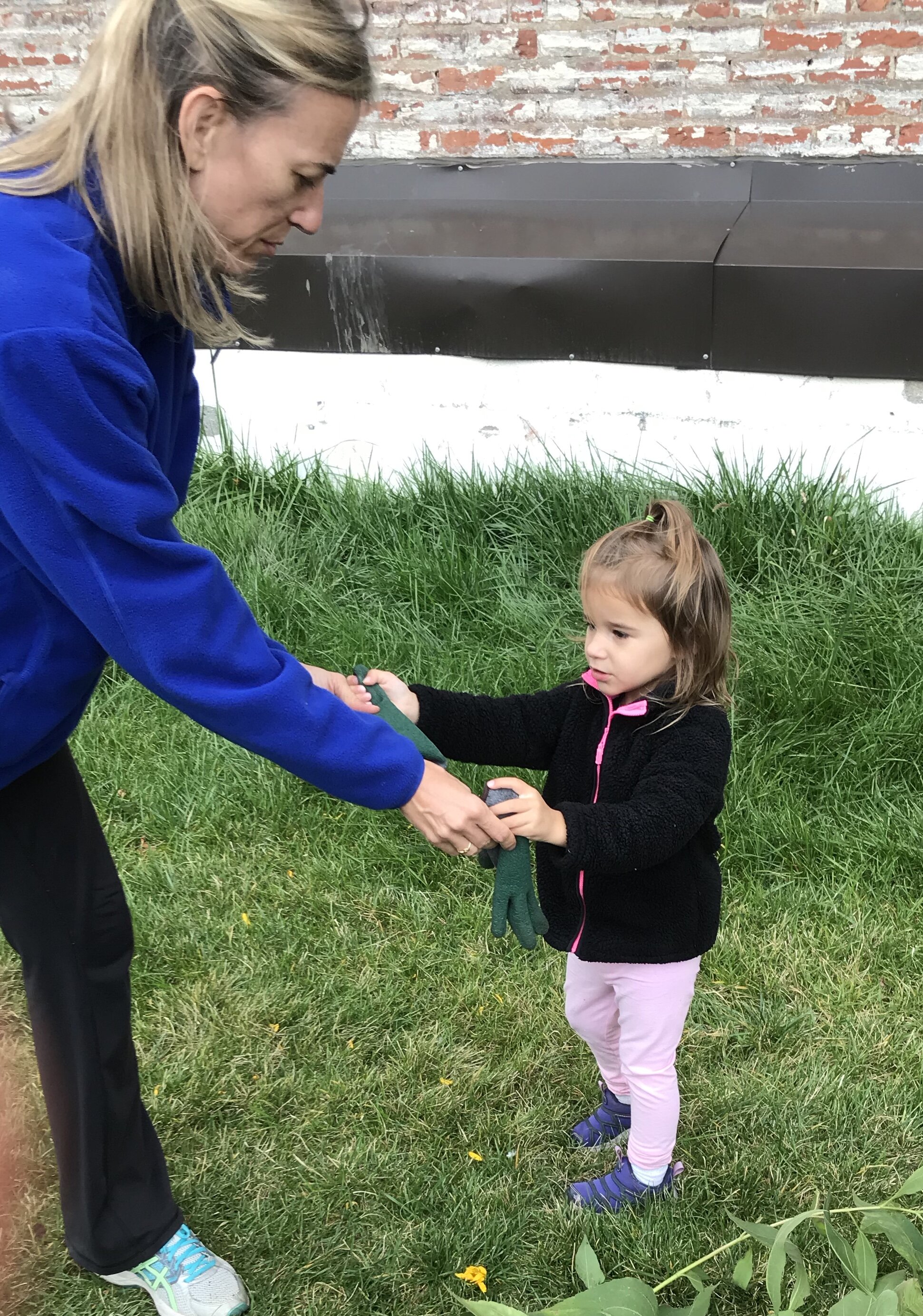When I thought about writing today, I wondered where to start. It has been raining all morning, the perfect gray day to write. In a quick walk to the back studio, I spotted robins on our patio. When I came back, they were still there so I stopped to observe. They were standing with their beaks open to the sky, drinking in the rain drops.
It was magnificent to see how they were taking what the day offered them, fresh rain water straight into their mouths. I can imagine how the fresh water may have tasted to their bodies.
What is my heart open to now? What do “these days” offer? Taking what the day offers. Since the quarantine/social isolation started last week, I’ve heard many more intentional conversations (less about TV shows and restaurants), found kids outside playing (some with unconventional toys), witnessed families with “littles”* outside walking the neighborhood and sensed a “simpler” approach as everything that used to be normal has s…….l……..o……..w……..e…….d down.
Since the social isolation policy took effect, I’ve wondering about my Mosaic friends. How do they cope without places to go and people to see? While I miss their personalities and how they transport me to new ground every time we are together, part of me feels immense relief. Stopping all programming means no lesson planning, no communications, no prep/travel time, no meeting times on site, no cleaning up/following up afterwards…this is an extraordinary amount of time given I work part time.
Even before the CD-19 pandemic, I decided that I needed to reorient my work strategy. A couple of weeks back, I sensed that I had lost margin in my life. Everywhere. If I wasn’t finalizing the seed order, developing programming objectives, meeting with a new connection, delivering programming or meeting with internal work teams/relationship building, I was working on developing the new Pilot, The Plant Care Team! It was exciting and exhausting.

















































